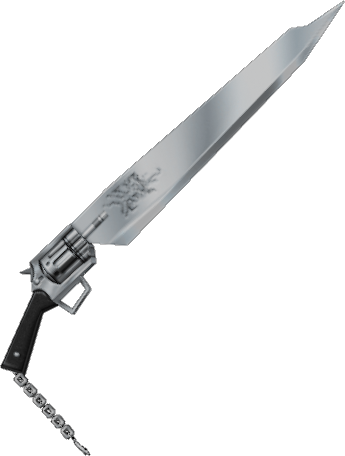

The player character and a squad of AI controlled party members rush out into an environment that is very clearly designed around the technical limitations of the PSP, as this was originally a 2013 PSP title, and hunt for Aragami who pop into the map at set times.


I truly do believe that there is some sort of conflict at play with this series, where one party involved in it wants the games to be something, while another party wants it to be something different, and in the end, the story just comes off as something of a mess.Īs for the gameplay, it is mostly the same as GER. There is a conspiracy regarding the questionable motives of leader figures, the troubled past of certain characters, elongated issues that exist to make the world feel more cohesive, yet are both resolved unceremoniously and sideswiped after a while, a foreshadowed apocalypse that serves as the overly dramatic climax, and a tone that is caught somewhere between being a edgy anime-esque monster murdering romp and a post-apocalyptic monster battling drama. If anything, it seems to tread the same basic water as the first entry, and contains numerous familiar elements. Or at least the original campaign included with GE2, as I lacked the time to fully explore the additional Rage Burst campaign. This was improved somewhat in the additional story campaigns that followed the original storyline, but apparently the focus and narrative discipline the writers had to practice there did not carry over to GE2. Making it difficult for me to adequately summarize the story beyond: people go around and do stuff and maybe have emotions about it sometimes. It was a storythat frequently threw new plot points and subplots up in the air, often letting them dangle there for hours without any meaningful progress, before slowly unravelling them, or rapidly ending them before moving on. That is the set up, but as for the actual plot, GER was never particularly good at telling a focused and concise story. For the first few hours it lulls the player into thinking the game is going to tell a parallel story of sorts, only to rather quickly converge back with the Far East branch of the first installment, and many of the characters featured there. Set three years after the first installment, part 2 begins by seemingly adopting another perspective on the conflict, centering around what is basically a subsidiary of the world controlling military organization Fenrir, and the unique members of the team, known as Blood. Who are mostly a group of attractive young adults and teens with strange fashion senses who wield gigantic morphing biological weapons known as God Arcs.
#God eater rage burst serpent dagger value free
God Eater is set in a post-apocalyptic world where most of human society was destroyed by beings known as Aragami, monsters who are supposedly composed of a group of free thinking cells that can only be defeated by God Eaters. This means that many of the mechanics of GE2 appeared in GER, and the notable improvements are slim as such.īefore getting too deeply into the comparison game that I gravitate towards when reviewing sequels, I should probably explain the game in more detail.

Despite being a sequel that came out a few months after GER in the west, GE2 was actually released several months before GER in Japan. It was the kind of game that could very much benefit from a fully fledged sequel that reworks things and tries to maximize the core appeal, but that is not the case with God Eater 2: Rage Burst. It’s been nearly a year since I reviewed God Eater Resurrection, an action oriented hunting game that was very promising, but struggled when faced with irksome minutia and over complicated mechanics.


 0 kommentar(er)
0 kommentar(er)
